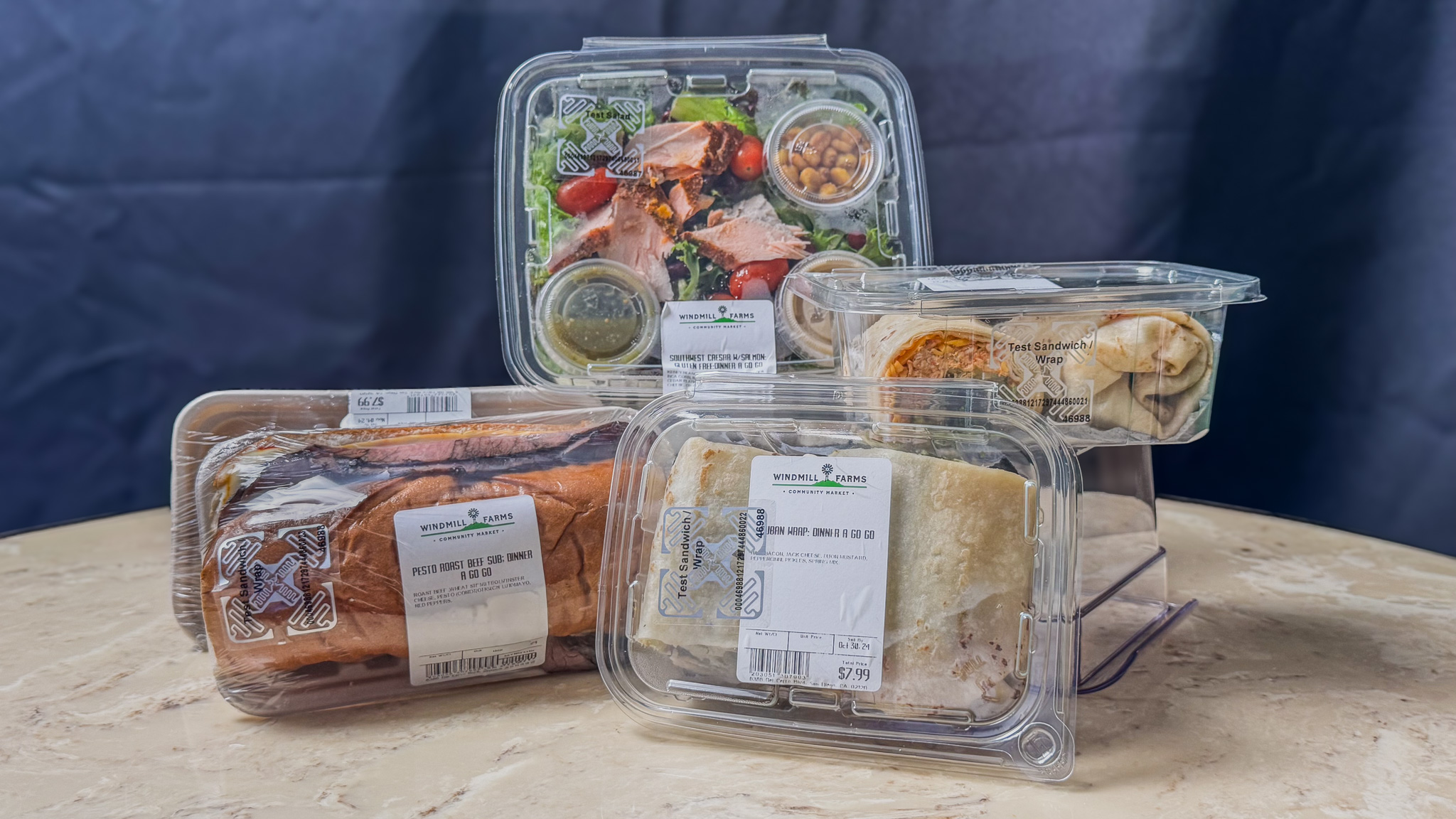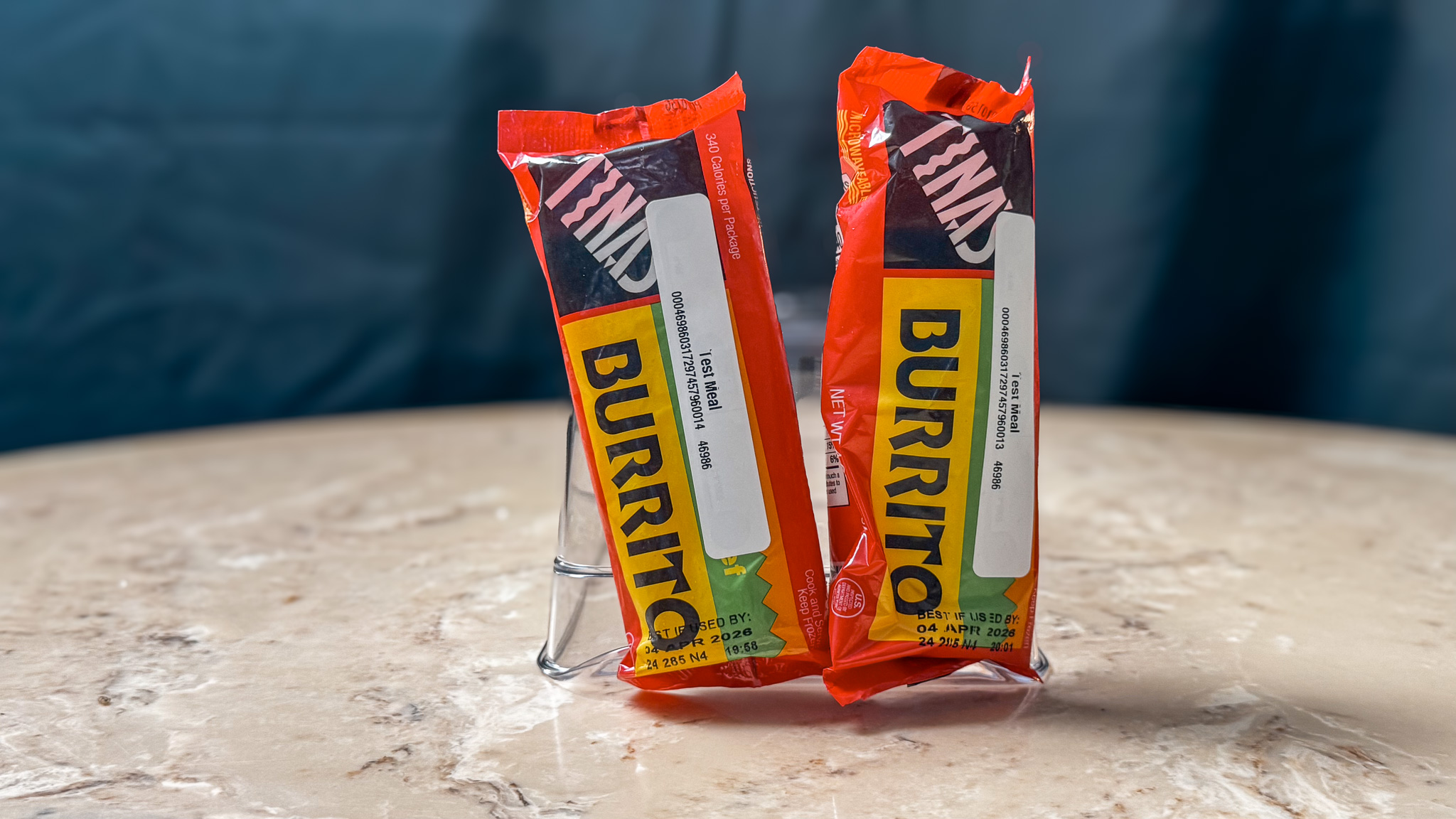Using the Dashboard
Summary
Stores
Stores Tab Overview
Stores > Status
Stores > Technical
Stores > General
Web Based Store Inventory / Online Menu
Download a Pick List for easy restocking
Stores > Restock
How To Set Pars
Sales Tax
What is a KID?
Stores > Discounts
Stores > Financial
Products
Export Lots as CSV
Products > Transactions
Delete/Undelete (or Archiving) a Product
How to repurpose tags
How to Bulk Import Products
Products Overview
Products > Tag Orders
Export EPC Inventory
Products > Inventory
Add a Product
Products > Details
Tags
Transactions
Understanding Transaction Preauthorization and Processing Times
Transaction status definitions
Transactions > Logs
Coupon Reporting
Transactions > Customer Emails
Edit the default preauthorization amount
How to adjust a transaction or process a refund
How to View Transactions & Transactions Overview
How to Export Transactions for Enhanced Sales Analysis
How to prevent mischarges
Feedback
Discounts
Discounts > Add a Happy Hour Discount
Discounts > Add a Standard Discount
Discounts Overview
Discounts > Creating Coupons
Discounts > Add a Shelf Life Discount
How to redeem a coupon
How to end a Discount
Financials
Settings
Getting Started
Remittances
Transactions included in a remittance
Remittance Processing Schedule
How do I provide my banking information?
Ordering Tags
Restocking Product
Setting Up Your New Store
How to restock a Byte store
Setting up your store to be NAMA-certified
Custom graphics install instructions
Branding your store
Setting up your Byte Technology store
How soon will I receive my store?
Standard Byte Store Specs
Tagging Best Practices
Tagging Frozen Food
Tagging drinks
Tagging Non-Perishable Products
Product tagging best practices
Tagging sandwiches, wraps, and burritos
Tagging snacks or soft packaging
Tagging soups or yogurts
Tagging salads & hard packaging
Are RFID tags microwave safe?
Merchandising best practices
Test and verify inventory
Tagging heatable entrees
Tagging aluminum cans and foil-lined products
Dashboard Onboarding | A self-guided training
1. Introduction to Byte Technology Dashboard
2. Overview of Summary Page + Navigation Bar
3. Stores Section Overview
4. Products Section Overview
5. Transactions Section Overview
6. Feedback
7. Discounts Section Overview
8. Financials Section
9. Settings
10. Congratulations
Campus Card Stores
Byte Store Dimensions/Store Types
Troubleshooting & FAQs
Connectivity
How to Install an OptConnect Cellular Device on a Byte Store
Ethernet setup and networking requirements
Transactions made while store is offline
How do I get a store back online?
Code 400C
Code 600
Code C
Code E
No IP / Red or Yellow Border
Code 200
Sending Remote Commands
Screen Issues
Store Temperature
🧊 Why Your Dashboard May Show a Higher Temperature or “Too Warm” Status
Adjusting the store temperature
Inventory
Antennas in the Byte Store - Where to Place Your Products
Customer Inquiry: Need Help With Your Transaction?
Code 400
Door Lock Issues
Open a CSV file in Excel or Google Sheets
How to Reach Support
Combatting Theft With Your Byte Store
Error Codes: Out of Service Troubleshooting Guide
Internal Troubleshooting
- All Categories
- Getting Started
- Tagging Best Practices
- Tagging sandwiches, wraps, and burritos
Tagging sandwiches, wraps, and burritos

Regular tags are created for products without metal or liquid that will not be microwaved. These tags are typically used for sandwiches or wraps. In general, products in hard packaging use regular tags; however, always follow best practices:
- If the tag has the potential to be microwaved, use a microwave-safe tag
- If the tag will be placed directly on metal, use a metal-safe tag
- If the tag will be placed on a drink or any products containing liquid, use a drink tag
- If the product is small, use a metal-safe tag
Tag Placement
Tags need to be placed on top of the product where they can be read most consistently. They should not be placed under the product or hidden so that they have no chance of being seen by the RFID antennas. The tag does not need to face the customer. The most important key is placing the tag as high as possible on the product.

There are two places you can place the tag:
- Side of container
- On top of the container
When possible, merchandise the packaging with the tag facing the store's antennae.

When tagging burritos, ask yourself, "Will this product be microwaved in its packaging?" If so, a microwave-safe tag is needed.

If the burrito will not be microwaved in its packaging, take note of the packaging. If the packaging is made of metal (such as aluminum foil), it will need a metal-safe tag or a regular tag.
It is important to note that the tags need to be fully flat for both the microwave-safe tag and for the regular tag.
Can I stack?
Depends. You absolutely can stack your sandwiches and wraps. The most important key is that the products should be stacked in a way that can be read consistently. This means the products absolutely cannot cover other tags. The tags do not need to face the customer. They should be placed as high as possible above the food line without the tags running the risk of being covered.

Due to the packaging of burritos, stacking may not work. If you are unsure, try it out! Keep this checklist in mind as you stack and merchandise your products:
- Are the tags covered?
- Would the RFID scanners have trouble "seeing" the RFID tags?
- Are the tags touching each other?
If you answered "yes" to any of these questions, then you need to merchandise your products in a different way.
Knowledge Check

ANSWER

Answer
Stacking is completely fine but you should not stack the products in a way where the tag is covered or you risk the product not being read.

ANSWER

Answer
The tag on option A is fully flat and above the food line. Option B is not fully flat. It is bunched up. This could cause the tag to spark in the microwave.